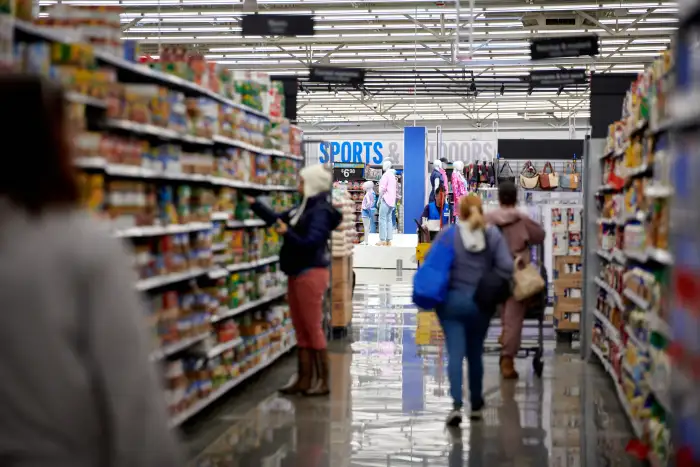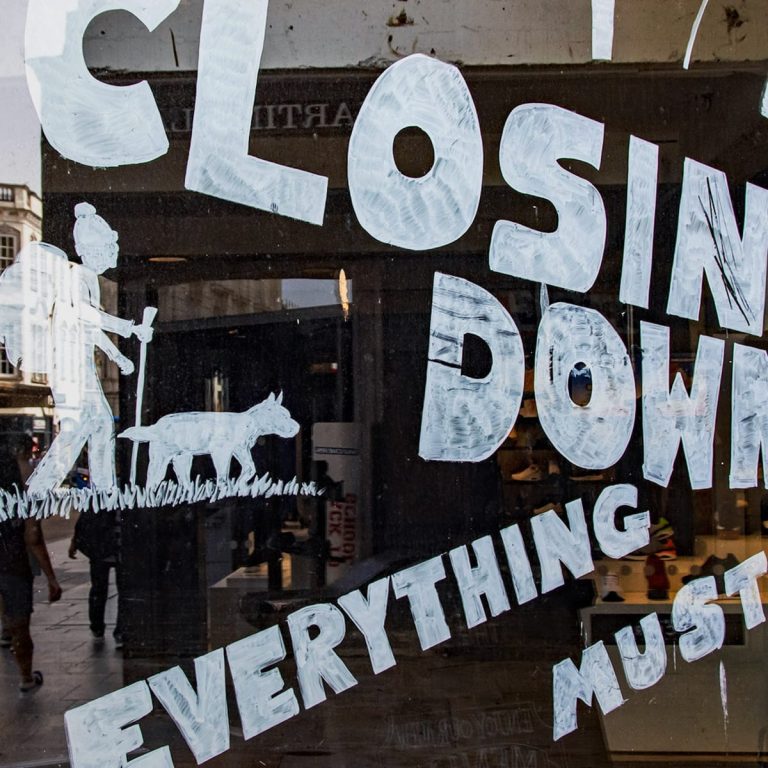Walmart’s Undercover Strategy: How They’re Sneakily Preventing Theft
According to The Street, If you’ve ever had the unsettling feeling that someone was watching you while shopping at Walmart (WMT), it may not have just been your imagination. A former employee’s viral TikTok video has revealed a troubling insight into how the retail giant monitors customers to prevent theft.
The “Floor Walker” Protocol
In a TikTok video posted on August 13, TikTok user Bigbagspenny616 shared his experience as a “floor walker” at Walmart, a role designated for monitoring potential retail theft. The video has since garnered over 600,000 views, sparking widespread discussion about the company’s practices. He explained that floor walkers begin their surveillance in the parking lot, following customers into the store to create the impression that they arrived at the same time.
“The very first thing you want to look out for is that we’re always stationed in our cars, and when you pull in, that’s when we get to go ahead to follow you into the store,” he said.
According to the former employee, each floor walker is assigned one “prime target” at a time, with reports indicating that between 50 to 200 customers can be monitored daily. He emphasized that if a floor walker chooses to follow you, they must maintain that focus from the moment you enter the store until you check out.
The Tactics and Techniques of Surveillance
In the video, the TikToker described how floor walkers communicate through earbuds and coordinate their efforts to monitor customers. They are also instructed to record anyone suspected of theft. When a customer checks out, the floor walker is required to accompany them to their car to ensure they are observed while putting away their groceries. “If you’re suspected of any kind of theft, we are mandated to film you, then watch you put your groceries away, just in case later on we have to use this in court,” he explained.
Also read: Starbucks Farewell: Downtown Location to Close in Days After Three Decades of Service!
In a follow-up video posted on August 16, he suggested that Walmart’s use of floor walkers is not merely a theft prevention tactic, but also a strategy to secure insurance coverage. He posed the question, “If a company owns millions of dollars worth of stuff in their store, and it’s not locked up… don’t you think they got to have something a little more in place than ‘we’re just getting robbed?’”
Consumer Reactions and Controversy
The revelations about Walmart’s surveillance tactics have drawn mixed reactions from TikTok users, with many expressing discomfort. Comments ranged from disbelief to personal anecdotes, with one user stating, “Wait every time you go in Walmart you get followed? That’s a bit creepy lol.” Another shared a frightening experience: “I had a man following me, I was actually scared and had to have the manager walk me out. He let me know it was their LP guy. Freaky experience.”
Walmart’s floor walker tactics have sparked controversy before. In 2016, a lawsuit was filed by a shopper in Florida who claimed a floor walker falsely accused her of stealing, resulting in a “forced takedown and false arrest scheme.” This incident underscores the potential for abuse in the application of such surveillance methods.
The Bigger Picture: Retail Theft and Loss Prevention
Like many major retailers, Walmart is grappling with a surge in retail theft, which has significantly impacted its bottom line. Recent reports indicate that Walmart loses approximately $3 billion annually due to theft, with over 900,000 shoplifting incidents occurring at its U.S. stores each year. As the retail landscape evolves, companies are increasingly adopting aggressive loss prevention measures to safeguard their assets, but the ethical implications of such tactics continue to provoke discussion.
Conclusion
The unsettling tactics employed by Walmart to deter theft have raised important questions about customer privacy and the balance between loss prevention and customer experience. As more former employees come forward with their insights, the conversation about the implications of such surveillance practices is likely to continue.






